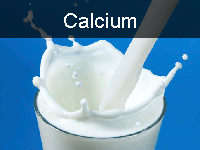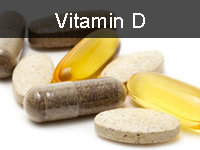Don’t count on the sun. Although sunshine is the main source of vitamin D, you can’t expect sun to be your primary source in all seasons of the year. Many factors may sabotage your ability to make vitamin D from exposure of the skin to the ultraviolet B (UVB) radiation of the sun.
Sunscreen blocks the production of vitamin D. If your skin is darker, the pigment acts as a natural sunscreen; it takes longer sun exposure to make vitamin D. Aging with thinning of the skin is another factor.
Eat vitamin D-rich foods. Unfortunately, few foods contain vitamin D. The highest natural sources are fatty fish like wild salmon, halibut, and sardines.
Vitamin D Foods
Approximate Content USDA
| Food | Serving Size | Amount IU International Units |
|---|---|---|
| Salmon sockeye | 3 ounces | 447 |
| Tuna canned in oil | 3 ounces | 229 |
| Halibut | 3 ounces | 196 |
| Sardines with bone | 3 ounces | 164 |
| Tuna yellowfin | 3 ounces | 96 |
| Egg large | 1 | 41 |
| Mushrooms shitake | 1 cup cooked | 41 |
Some cereals, breads, and orange juices are types of foods that may be fortified with vitamin D. All milk is fortified but not all milk products are fortified with vitamin D.
It is not easy to get to your recommend amount of vitamin D from your diet alone.
Check “Nutrition Facts.” Vitamin D on food labels is given as % Daily Value or DV. The daily value for vitamin D is 400 IU (International Units). Multiply the percent by 4 for the amount in IUs. For example, a one cup serving of milk is 25%, which would be 100 IUs.
Ensure adequate vitamin D status with supplements. The amount of vitamin D needed is hotly debated. Refer to the chart for the latest general recommendations.
Vitamin D Recommended Daily Intakes
2010 Institute of Medicine
| Agein years | Amount in IU | Upper Levelin IU |
|---|---|---|
| 0-.5 | 400 | 1000 |
| .5-1 | 400 | 1500 |
| 1-3 | 600 | 2500 |
| 4-8 | 600 | 3000 |
| 9-70 | 600 | 4000 |
| 71+ | 800 | 4000 |
However, your individual needs may vary. In general, taking 1000 to 2000 IUs a day provides adequate vitamin D status. Talk with your doctor about checking a vitamin D level to be sure.



